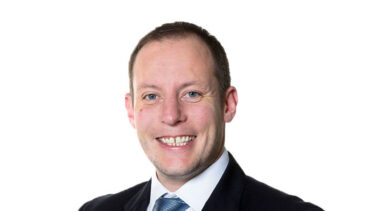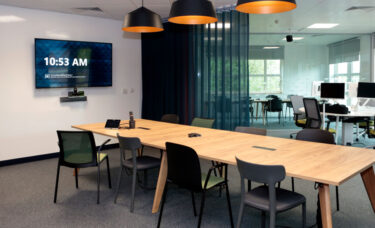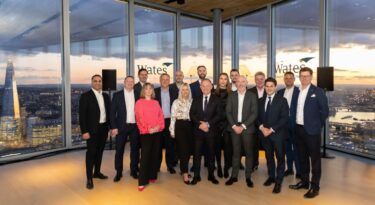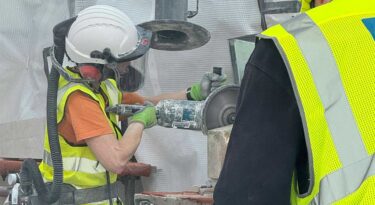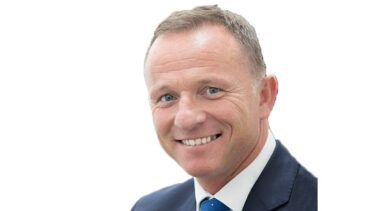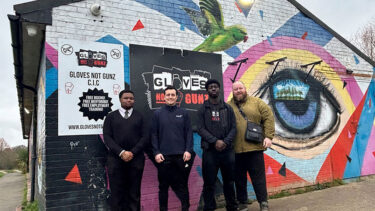Last year Wates Group launched its post-pandemic office concept at its Head Office in Leatherhead, becoming a springboard for bold new office designs that complement a new world of flexible working. John Cartwright, Customer Portfolio Director at Wates Smartspace, shares his insight on the new concept and his predictions for the future for commercial fit-out.
What do businesses want from their office space?
The commercial market, like most sectors, is one in which we constantly look for trends. Where’s the demand? What do businesses want from their office space? How are office cultures shifting and how do we accommodate those changes? It is the latter that has been the subject for much debate since the pandemic started. For the majority of office-based businesses, lockdown proved that the workforce can be just as productive from home as they are in their place of work, and this prompted discussions on permanent changes to working arrangements to accommodate flexible working.
The pandemic became a seismic catalyst in cultural change in working practices. Some businesses took advantage of empty offices to undertake pre-planned refurbishment programmes and others began to question whether they could do things differently and employee welfare formed a big part of that. At Wates, we gathered employee feedback, which informed the content of a new set of flexible working principles. Our new office design at Leatherhead was the result of this feedback. We created a flexible, collaborative space designed specifically for hybrid working, but the truth of this project is that it is very much an experiment; we, like all businesses, are still in the process of putting our post-covid ideas into practice.
Planning is challenging in an uncertain future
At this stage, most office-based businesses have an idea of what their current working arrangements will look like with the majority being a blend of office-based and home working. What we are finding, however, is that many are unsure whether their current arrangements will be permanent. Businesses are taking time to know with certainty what they want to do with their offices and I actually think that’s quite sensible. We all need to find a new pace, experiment with our systems and processes and understand the true impact of hybrid working on our people before we set anything in stone.
We are continually learning from our post-pandemic office concept
When we launched our new office design in July this year, it was with a primary emphasis on supporting employee mental health and creating a welcoming and dynamic space where people could work productively while enjoying the more sociable side of office working. Designed and completed in just 14 weeks, the new office includes interactive conference hubs, bookable workspaces, breakout areas and touchdown areas such as ‘co-labs’ with video conferencing, incorporating audio curtains for optional privacy.
All of the features have been very well received by our people but the main thing is that working in this way is a very fluid process. If demand increases for bookable space or in-person meetings, for example, then this is something we would need to consider going forward. The concept was based on our view of what people want; it’s our test-bed and it gives us a very valuable springboard to help our clients navigate what it is that their people want.
One size won’t fit all
There are, at this moment in time, few certainties in the future of the office fit-out industry. One certainty is that fit-out solutions will need to be tailored to business needs. We have never believed in a formulaic approach to our work, but this has become even more important. Another certainty is that no matter what the fit-out design, sustainability will be vital. Our new office concept included furniture that uses recycled materials and we donated existing furniture and carpets to be uncycled by our charity partners, resulting in 100% of our waste being diverted from landfill. This has shown us that although many businesses are undecided on the future of their office space, when the time comes to invest, it can be done in a very cost-effective and environmentally sustainable way.

